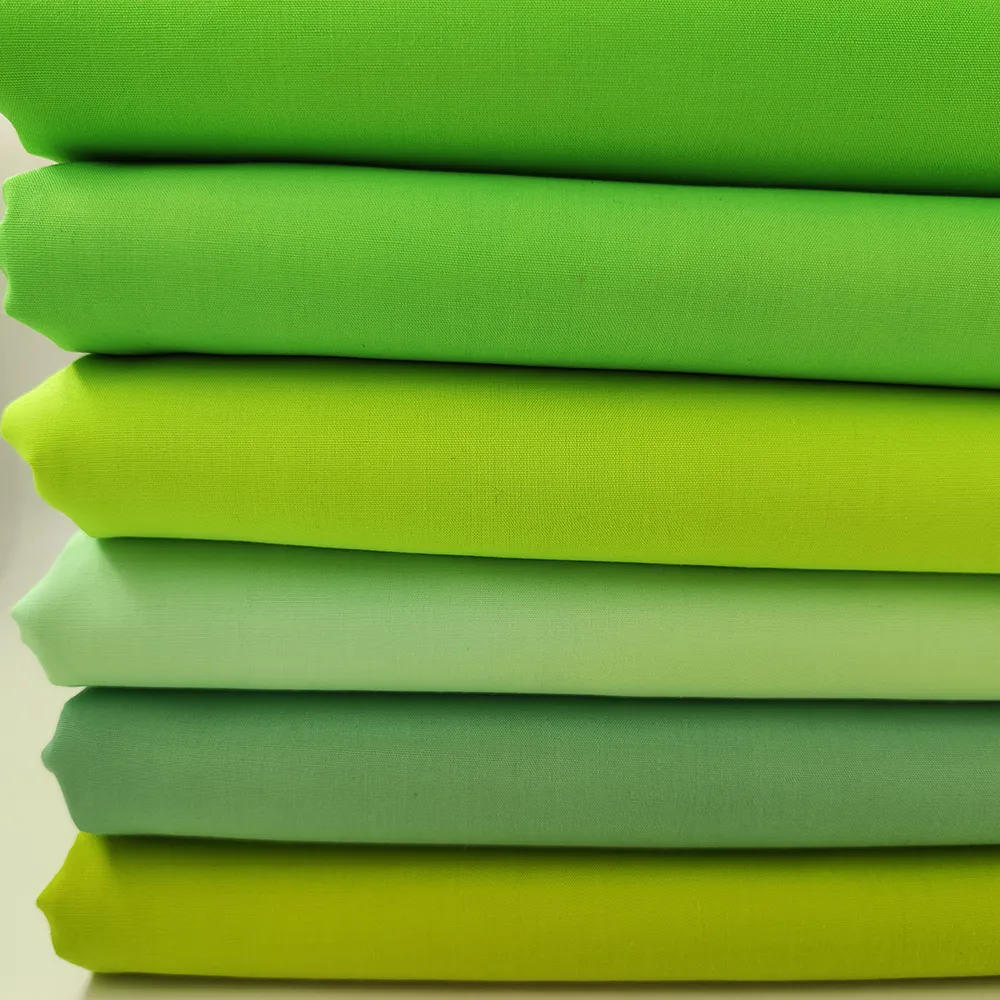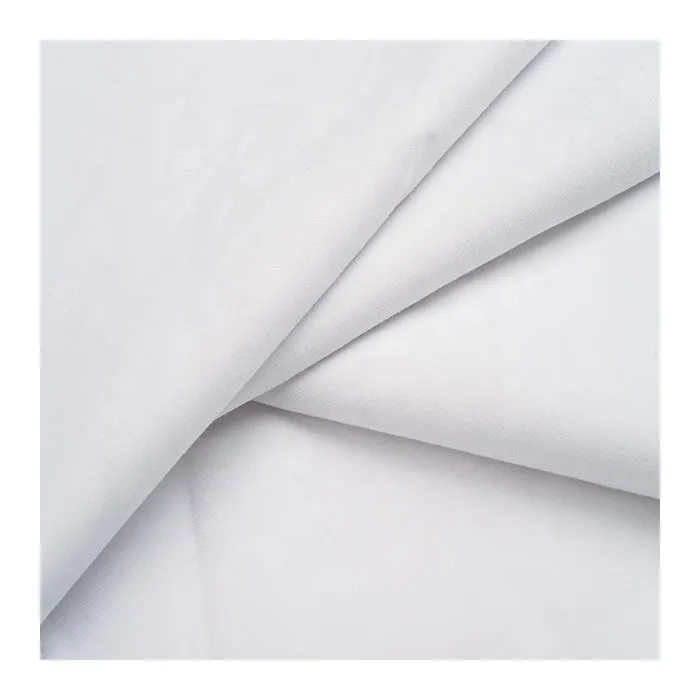
- Afrikaans
- Albanian
- Amharic
- Arabic
- Armenian
- Azerbaijani
- Basque
- Belarusian
- Bengali
- Bosnian
- Bulgarian
- Catalan
- Cebuano
- Corsican
- Croatian
- Czech
- Danish
- Dutch
- English
- Esperanto
- Estonian
- Finnish
- French
- Frisian
- Galician
- Georgian
- German
- Greek
- Gujarati
- haitian_creole
- hausa
- hawaiian
- Hebrew
- Hindi
- Miao
- Hungarian
- Icelandic
- igbo
- Indonesian
- irish
- Italian
- Japanese
- Javanese
- Kannada
- kazakh
- Khmer
- Rwandese
- Korean
- Kurdish
- Kyrgyz
- Lao
- Latin
- Latvian
- Lithuanian
- Luxembourgish
- Macedonian
- Malgashi
- Malay
- Malayalam
- Maltese
- Maori
- Marathi
- Mongolian
- Myanmar
- Nepali
- Norwegian
- Norwegian
- Occitan
- Pashto
- Persian
- Polish
- Portuguese
- Punjabi
- Romanian
- Russian
- Samoan
- scottish-gaelic
- Serbian
- Sesotho
- Shona
- Sindhi
- Sinhala
- Slovak
- Slovenian
- Somali
- Spanish
- Sundanese
- Swahili
- Swedish
- Tagalog
- Tajik
- Tamil
- Tatar
- Telugu
- Thai
- Turkish
- Turkmen
- Ukrainian
- Urdu
- Uighur
- Uzbek
- Vietnamese
- Welsh
- Bantu
- Yiddish
- Yoruba
- Zulu
មករា . 19, 2025 01:51
Back to list
embroidery backing
Embroidery backing is often an overlooked component in the world of embroidery, yet its role is vital for achieving pristine, professional-looking results. As an embroidery expert with years of experience, it is clear that the right backing can make the difference between a thriving embroidery business and one that struggles with inconsistent quality. In this comprehensive guide, we delve into the intricacies of embroidery backing, drawing from deep expertise and real-world experiences to illuminate its significance and offer authoritative advice.
Expertise in choosing the right backing type can also be extended to understanding fabric compatibility. A deep dive into fabric characteristics reveals that natural fabrics, like cotton, generally perform well with cotton-polyester blend backings, whereas synthetic fabrics may require a poly mesh to ensure adhesion without slippage. Evaluating fabric thickness and texture informs the density and stiffness necessary in the chosen backing. From an authoritative perspective, building client trust hinges on consistently delivering quality results. With an ever-growing importance placed on sustainable practices, today's businesses are also advised to explore eco-friendly backing options. Biodegradable backings are emerging, offering an environmentally responsible choice without compromising on quality. Such sustainable practices not only cater to the environmentally conscious customer base but also reflect a brand’s commitment to social responsibility. Moreover, real-world experiences underline that investing in superior quality backing pays dividends in reduced production errors and enhanced customer satisfaction. As seen in professional embroidery businesses, those recognizing that quality backing contributes significantly to operational efficiency have a competitive edge in quality delivery. To conclude, understanding embroidery backing is pivotal, bringing together expertise and practical wisdom to achieve impeccable embroidery works. By considering the backing type, fabric compatibility, and sustainability, businesses can reinforce their embroidery services, build authority through exceptional quality, and foster trust with clientele. Those who master these elements can navigate the embroidery landscape with confidence, ensuring a distinguished presence in the market.


Expertise in choosing the right backing type can also be extended to understanding fabric compatibility. A deep dive into fabric characteristics reveals that natural fabrics, like cotton, generally perform well with cotton-polyester blend backings, whereas synthetic fabrics may require a poly mesh to ensure adhesion without slippage. Evaluating fabric thickness and texture informs the density and stiffness necessary in the chosen backing. From an authoritative perspective, building client trust hinges on consistently delivering quality results. With an ever-growing importance placed on sustainable practices, today's businesses are also advised to explore eco-friendly backing options. Biodegradable backings are emerging, offering an environmentally responsible choice without compromising on quality. Such sustainable practices not only cater to the environmentally conscious customer base but also reflect a brand’s commitment to social responsibility. Moreover, real-world experiences underline that investing in superior quality backing pays dividends in reduced production errors and enhanced customer satisfaction. As seen in professional embroidery businesses, those recognizing that quality backing contributes significantly to operational efficiency have a competitive edge in quality delivery. To conclude, understanding embroidery backing is pivotal, bringing together expertise and practical wisdom to achieve impeccable embroidery works. By considering the backing type, fabric compatibility, and sustainability, businesses can reinforce their embroidery services, build authority through exceptional quality, and foster trust with clientele. Those who master these elements can navigate the embroidery landscape with confidence, ensuring a distinguished presence in the market.
Next:
Latest news
-
The Versatility and Elegance of White Cotton Poplin FabricNewsJun.23,2025
-
The Luxurious Comfort of Carded CottonNewsJun.23,2025
-
Explore the Luxurious Comfort of Cotton Flannel ClothNewsJun.23,2025
-
Discover the Versatility of Cotton Poplin ClothNewsJun.23,2025
-
Bleach Cotton FabricNewsJun.23,2025
-
100 Cotton BlendNewsJun.23,2025
-
Versatile Elegance with Poplin Fabric for SaleNewsMay.15,2025
